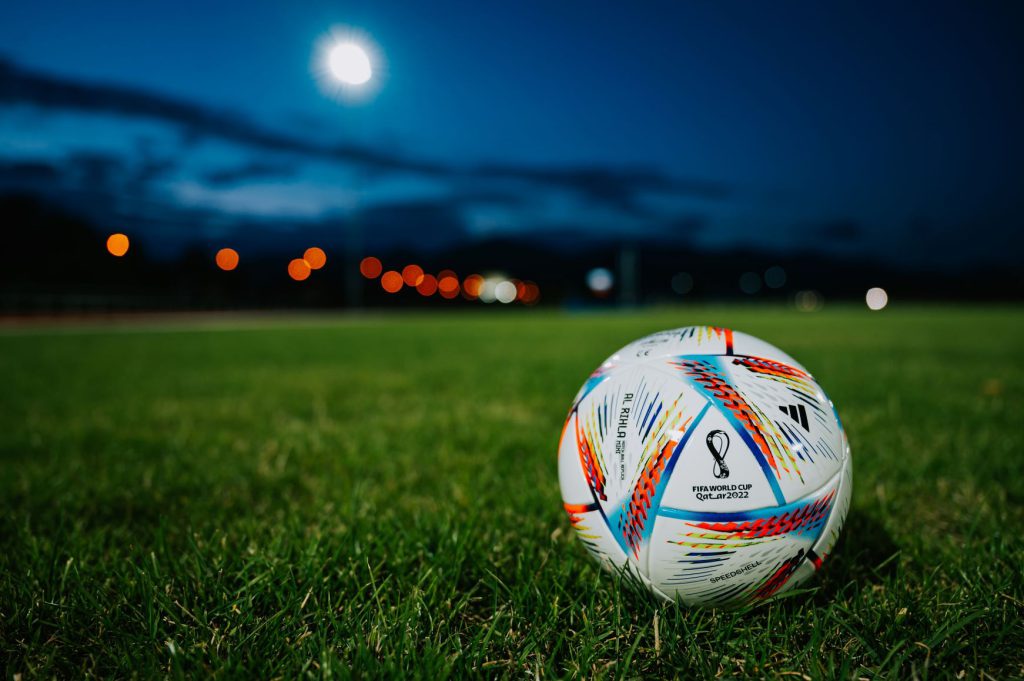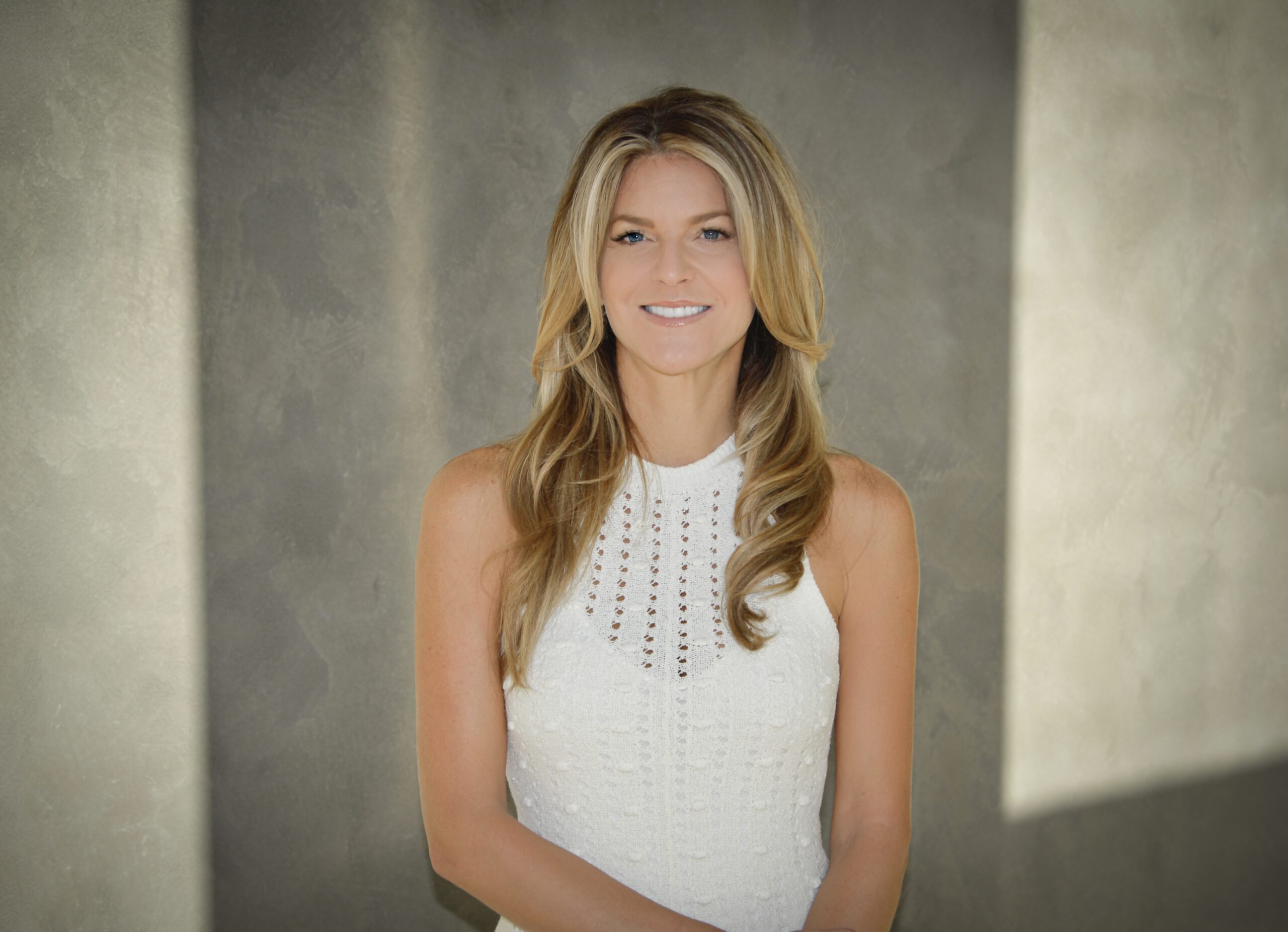Is there a secret to longevity? This health expert says 1,000% yes
In the era of social media, post-COVID, and with mental health at the forefront, a shift is taking […]

The FIFA World Cup is the paramount event for football and the setting in which is taking place is definitely important, setting the benchmark for all the other competitions in the world.
At Qatar 2022, the organisers have made huge strides to deliver a perfect infrastructure, with the 32 teams having nothing to complain about in terms of accommodation, conditions for training, and the stadiums they are playing in, all delivered in time for an immaculate competition.
With seven new state-of-the-art stadiums ready, whose cost was over $6 billion dollars, and another one, the Khalifa International Stadium, having extensive rework done before the start of the competition, everything was on point, as the 2022 FIFA World Cup kicked off in the most luxurious of settings.
But with the climate clearly being a factor in the competition, how did the organisers prepare for the most important element in football – the pitch?
This is the first-ever edition of the FIFA World Cup organised in late November and December, with the decision being taken immediately after the awarding of the edition to Qatar, due to the sweltering heat in the Gulf, which can reach over 40 degrees Celsius in summertime.
Yet the temperatures are still high in the winter, as the stadiums are all situated in a 21-kilometre radius around the capital Doha, with the average temperature in November and December being roughly 25-26 degrees Celsius.
Preparations have been made accordingly, with all the pitches laid down with months, if not years before the 32 teams have travelled to Qatar to feature in the 64 games at the FIFA World Cup.
Every new pitch needed 50,000 litres of desalinated seawater a day in the summer, while specially installed groundsmen, with tons of experience under their belt, triggered winter conditions as early as September, blasting chilled air onto the pitches, making them durable enough to last through November and December throughout all the eight stadiums at Qatar 2022.
Chemical cocktails and an underground system to reduce moisture have been used to eradicate the risk of grass fungus, while at a farm North of Qatar’s capital, Doha, a huge field covering 40-full size pitches is growing reserve grass for the competition.
Three hectares of land have been dedicated to various kinds of grass, incidentally creating one of the largest green areas in the sandy Qatari capital.
“The best sports turf in the world is grown through good management, knowing what it needs and getting the right nutrient testing done. This is the first facility of its kind in the region and Asia. The knowledge gained from here will be of enormous benefit to those in Qatar and other parts of the world attempting to find the optimal pitch conditions for their stadiums. My understanding is that this sort of detailed testing so long before a tournament has not been done before, but the older the grass is the better it will play.” said Yasser Al Mulla, SC Manager for Landscape & Sport Turf Management.
The concerns about the grass that is laid down on the pitches have been one of the key factors for Qatar before the start of the tournament, with the hard work of identifying the best seed starting immediately after the awarding of the tournament.
In a joint venture, Aspire Sports Turf of Qatar and international sports turf consulting giant STRI conducted extensive research on which to base their selection.
Eventually, the grass seed that was chosen was American, developed by a Georgia-based company, selected by FIFA, which has instructed Qatar 2022 organisers to use it for playing surfaces at all stadiums and training grounds.
Platinum TE Paspalum, the chosen seed underwent several tests and bested other grass seeds through its durability, shade tolerance, recovery, and establishment and grow-in.
Its exceptional density, wear tolerance, rapid recovery from injury and versatility allowing a wide range of mowing heights also made it a prime candidate, which allows the Qatar 2022 tournament to be played in the best of conditions.
The eight stadiums and 81 official training grounds all have the same grass seed, the first time in the history of the FIFA World Cup that all playing surfaces feature the same turfgrass.
“The American grass seed gives you a more robust playing surface. With the climate and conditions in Qatar, the playing surface wouldn’t hold together without the right grass seed. From next week onwards, we will start to skim off the pitches already in place and seed them all to be ready for the tournament in November,” David Graham from Aspire Turf, which is responsible for the Qatar 2022 pitches, told ESPN in September.

In the era of social media, post-COVID, and with mental health at the forefront, a shift is taking […]

With its fast speeds and revolutionary potential, 5G stands out as a noteworthy milestone in the field of […]